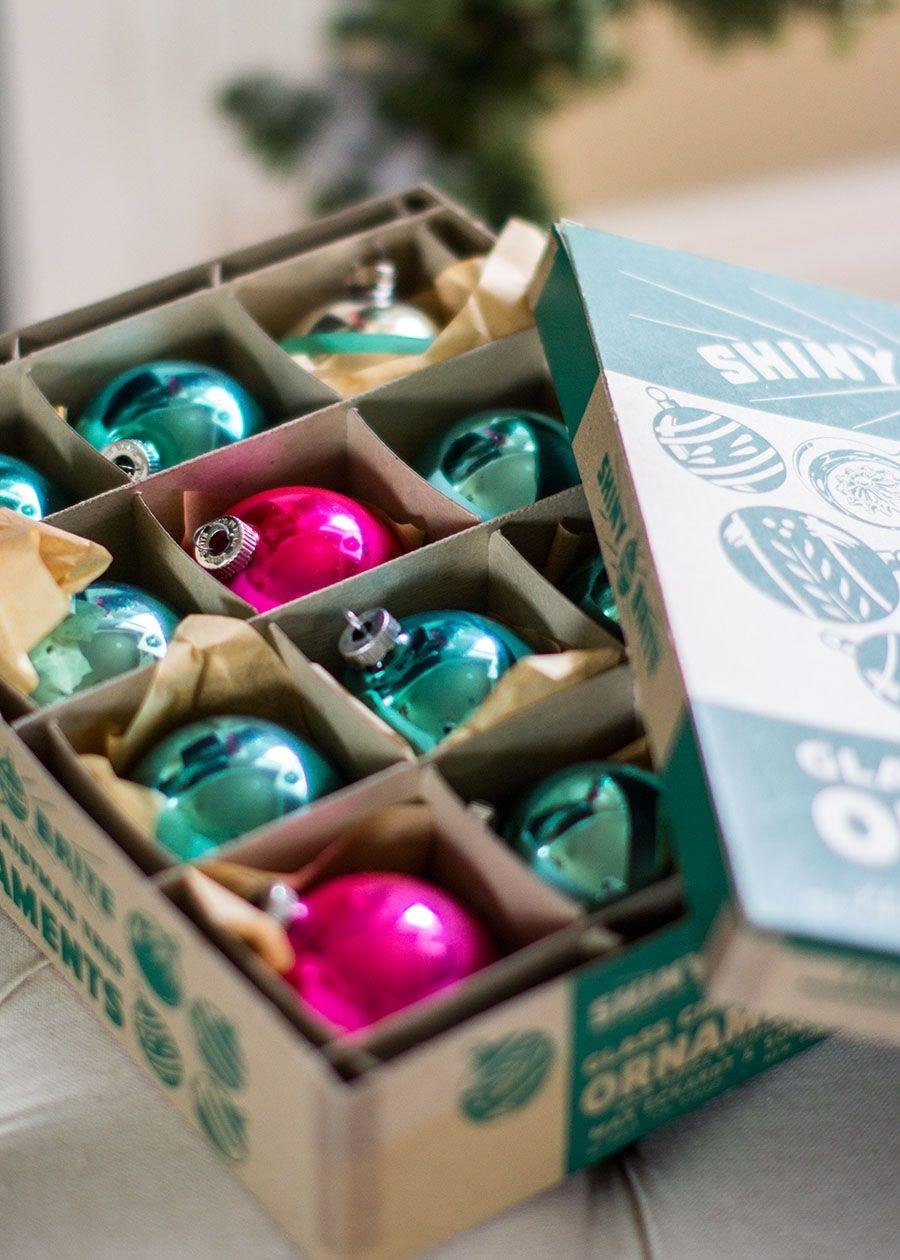Max made Christmas shiny and bright
jmp.press@gmail.com
Decorating the Christmas tree was a major deal when I was a child in the 1960s. My father would grumble while fidgeting with a string of old-fashioned lights, the kind that when of one of the big …
This item is available in full to subscribers.
Subscribe to continue reading. Already a subscriber? Sign in
Get 50% of all subscriptions for a limited time. Subscribe today.
Please log in to continueNeed an account?
|
Max made Christmas shiny and bright
jmp.press@gmail.com
Decorating the Christmas tree was a major deal when I was a child in the 1960s. My father would grumble while fidgeting with a string of old-fashioned lights, the kind that when of one of the big bulbs burned out, none would come on, giving headaches to millions of dads for decades.
Mother Powell lined up the ornaments, preparing them for placement on the tree. One year when I was very young, I dared ask to help with this annual rite. Within minutes a bulb slipped through my tiny fingers, transforming countless Christmas memories into dozens of broken shards. I spent the rest of that decorating party pouting on the couch as ordered, safely out of reach all decorations.
One type of bulb always held special attraction. If you’re of a certain age you’ll remember your parents or grandparent hanging them. They were bright and dazzling to the eye, yet oh so delicate to the touch (as I learned the hard way). This is the story of how they came to be.
Germans have always been huge holiday aficionados. They gave us the custom of the Christmas tree, in fact. When they started hauling evergreens indoors they noticed trees often had bare patches. So Christmas ornaments were created, partly to disguise a tree’s less than pretty parts.
Right after World War I, a young man named Max Eckhardt opened a business with his brother in Oberlind. It was near the town of Lauscha, home of Germany’s glass industry. That was important because Max and his workers hand-painted beautiful glass ornaments. Soon they were exporting the bulbs to the United States. Americans couldn’t get enough of their brilliant beauty. Business was so brisk, Max eventually immigrated here in 1929—just in the time for the Great Depression!
Through sheer willpower, Max’s little company hung on and gradually grew. Eventually, Max began making a respectable profit. Then a new threat came his way.
A nasty little man with a funny little moustache seized power in Germany. By 1938, Max believed another war was imminent. That would cut off his supply of glass bulbs from across the Atlantic. So Max approached the Corning Glass Company about making them for him. They agreed—with one condition. Max had to first get a large order of ornaments from Woolworth’s Five-and-Ten Stores, the country’s biggest dime store chain.
So Max brought in a collection of his best bulbs and made his pitch. He left corporate HQ with an order for more than 235,000 ornaments for Christmas 1939.
Now it was Corning’s turn to sweat. It was one thing to tell Max the bulbs could be produced. Actually producing them was another matter. The company eventually modified its glass ribbon machine, which used compressed air to create the ball shape we know today.
Max made another important change. He renamed his product Shiny Brite. Speaking as someone who works in the communications field, seldom has there ever been a more perfect fit for name and item. Short, simple, and easy to remember. Plus, the bulbs were in fact shiny and bright. Max added one last flourish to the box that contained them: he printed “American Made” prominently on each one. With war looming, Max wanted customers to know which side he would be on.
The bulbs were distributed to Woolworth’s nationwide. And they flew off shelves. The ornaments retailed for a nickel or dime apiece (a respectable sum at the time, but still within most folks’ budget). Corning kept pace with demand, too. By the middle of 1940 some 300,000 glass bulbs were rolling off its assembly lines each day. Everyone—Max, Corning, and Woolworth—made money.
Shiny Brite became the best-selling Christmas ornaments of the 1940s, 50s and 60s. (That bulb I broke was a Shiny Brite!)
Max also used his expertise to help rebuild his shattered homeland after World War II. Washington sent him to West Germany, where he opened a new factory to create jobs for starving, unemployed German workers. Back in the U. S., four additional factories stayed busy making ornaments.
Max sold Shiny Brite in 1955 and passed away six years later. But his legacy lingers every December. Right here in the Midlands alone, his handiwork still hangs on Christmas trees in thousands of homes.
Email Mark at jmp.press@gmail.com
Keywords
christmas, history, holy cow history, Max EckhardtOther items that may interest you







Comments
No comments on this item Please log in to comment by clicking here